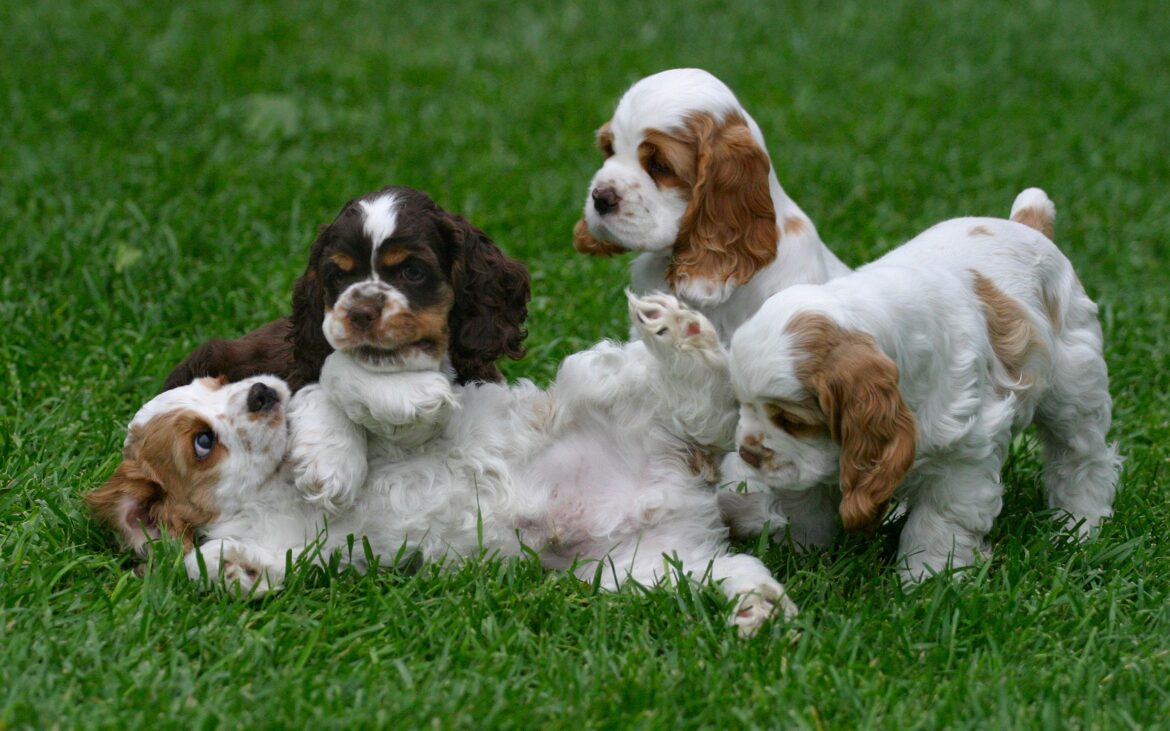
Grooming pets can be an important part of animal care. Most animals can be taught to take pleasure from grooming at any age. Regular pet grooming can help you build and keep maintaining healthy relationships with your pets, and practice gentle leadership skills. Another advantage of grooming is that you might notice a physical change that requires medical assistance, something that might not need been clear if you hadn’t been grooming your dog. If you discover any lumps, bumps or soreness, schedule an appointment with your veterinarian for a checkup. Visit: http://healthyhoundplayground.com/
Supplies for grooming pets
Here are some supplies that you may dependence on grooming:
Shampoo that is suitable for this and species of your dog (kittens and puppies need gentle shampoo; very young animals need products free of harsh pesticides; and ferrets should have ferret shampoo)
Large cup or small bucket containing water, to make a nice lather
Cotton balls
Ear cleaner
Parasite-control products (ask your veterinarian about what is needed in your area for fleas, ticks and mites)
Metal comb
Brush (there a wide range of styles to choose from: pin, rake, slicker, mitt or curry)
Nail trimmers (find a very good size for your pet’s nails)
Nail file (some animals will in actuality sleep while their people file each toenail)
Styptic powder (to work with if you accidentally cut a nail too short)
Ophthalmic ointment (found in the eyes to safeguard them from shampoo and debris)
Detangler or conditioner (ideal for combing through long hair before your final rinse)
Spray attachment for your shower (very useful for rinsing your pet)
A hair dryer (because some animals can chill easily, but take care not to overheat the pet)
Toothbrush and animal toothpaste
Safety scissors for trimming hair
Clippers (if you’d like to figure out how to style your dog)
One caution about clipping your dog: If you change the distance of your pet’s natural coat, he/she will need protection from the cold and sunlight. (Pets can get sunburned!) Also, some coats do not grow back well, so I recommend that you consult a specialist groomer if you wish your pet to wear an un-natural style.
How exactly to groom an animal
Start the grooming process by gently touching all the animal’s areas of the body. If any parts seem to be sore, stop and schedule an appointment with your veterinarian for a checkup. If your dog seems uncomfortable with your touch, understand that animals learn positive associations with practice and praise. You need to be a kind, gentle leader but remain firm in your intentions. The plan is to teach your pet to take pleasure from being groomed and also to groom your dog frequently, not just when the pet is matted or really dirty.
If you want help, you could start by accompanying your pet to a professional groomer for a lesson. Select a groomer who’s patient, gentle and kind. Most groomers are thrilled to meet people who want to use their animals among professional grooming visits.
Grooming tips
Below are a few specifics about various areas of grooming:
Brushing. Brushing and combing should happen daily or at least many times every week, regardless of what kind of coat your animal has. If you intend to give your pet a bath, do the brushing part first. Brushing and combing will feel good to your pet; it removes dead hair and tangles, and distributes natural skin oils. In case the coat is thick, ensure you are combing completely to your skin. Be gentle and patient, though; too much strain on the skin can cause irritation called brush burn, and pulling the tangles will hurt if you try to hurry. A detangler can be used on dry hair to loosen any knots.
Various kinds of brushes are being used for different coats. A curved wire slicker or pin brush works well for long, straight coats. Use a normal wire slicker for medium-length hair and coats with a dense undercoat. I like rakes for brushing undercoats through the shedding season. Short, smooth coats can be brushed with a grooming mitt or rubber curry. After brushing, you may use an all-purpose comb to work through small knots the brush missed.
Baths. Water should be warm, even in summer, because very cold water can chill animals and leave your dog with an awful association to bathing in general. If you’re bathing small animals, support them in the tub so they don’t panic. Give your dog a complete body massage while lathering the shampoo, then rinse. If you want, add conditioner and comb through the coat before your final rinse. I comb through long-haired dogs and horses’ tails with conditioner before doing the final rinse. On cold days, all animals should be dried, and incredibly young, old or sick animals should always be dried to avoid chilling.
Nails. Start by picking up each foot and handling the nails. Then, without clipping, contain the clippers near a nail and squeeze the nail as though you are clipping. Look carefully for the quick – where in fact the blood circulation ends. You’ll want to avoid cutting into the quick, since it is painful and can bleed. Should anyone ever accidentally slice the quick, don’t panic. Cover the nail end with your styptic powder and put strain on the nail for 30 seconds, until it stops bleeding. Be gentle and patient with your dog. When you begin by trimming one nail on each foot daily and rewarding with praise, you will soon have a relaxed, willing animal. Be sure you also trim the dewclaws.
If you maintain your pets’ nails trimmed, you will protect their feet from long nails that may become caught and break off, causing pain. Long nails can also cause long lasting harm to toes by bending them into unnatural positions. Animals with hooves need routine foot care by professionals, so make sure they are getting the care they need.
Teeth. You can gently massage the gums and brush the teeth on any pet – from the tiniest rodents to the most significant horses. If taught with patience and kindness, most animals like a mouth massage. The huge benefits are healthy mouths and fresh breath. Plus, you’ll become more aware of whenever your pet needs dental work by a professional, before your dog is within pain. Be sure you use animal toothpaste appropriate for every kind of pet.
Ears. You must periodically check your animal’s ears. If they’re clean and free from debris, then give your dog a nice ear rub. Again, a gentle massage will give your dog a good association to your touch. In case the ears are dirty, smell bad or look sore, schedulae an appoitment with your veterinarian. The physician can check for infection or parasites, and can get you started with a cleaning lesson.
If you’re performing a quick cleaning to healthy ears, begin by dampening a cotton ball with appropriate ear cleaner and wipe the folds of skin, starting near to the head and cleaning out to the ends of the ear flaps. Usually do not use cotton buds because they can reach too deeply inside the ear and cause damage. Some animals are sensitive to the sensation of the cleaner moving in, so you may want to begin with just a tiny amount. Anticipate to “wear” some ear cleaner, though, as most animals shake their heads and send it flying.
Grooming can be considered a pleasurable activity for both you and your pets. Enjoy your animal members of the family and enough time you spend interacting with them.



